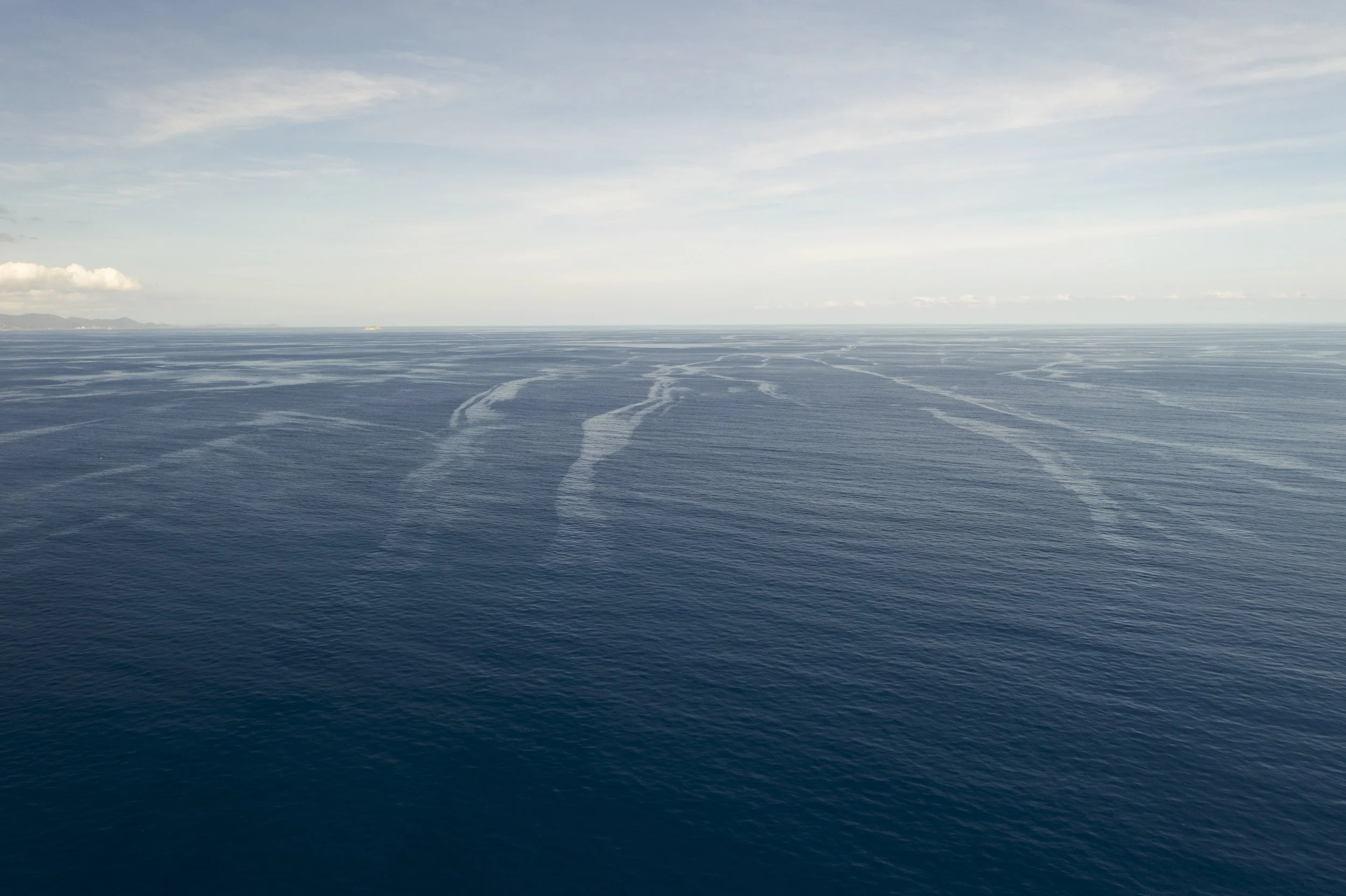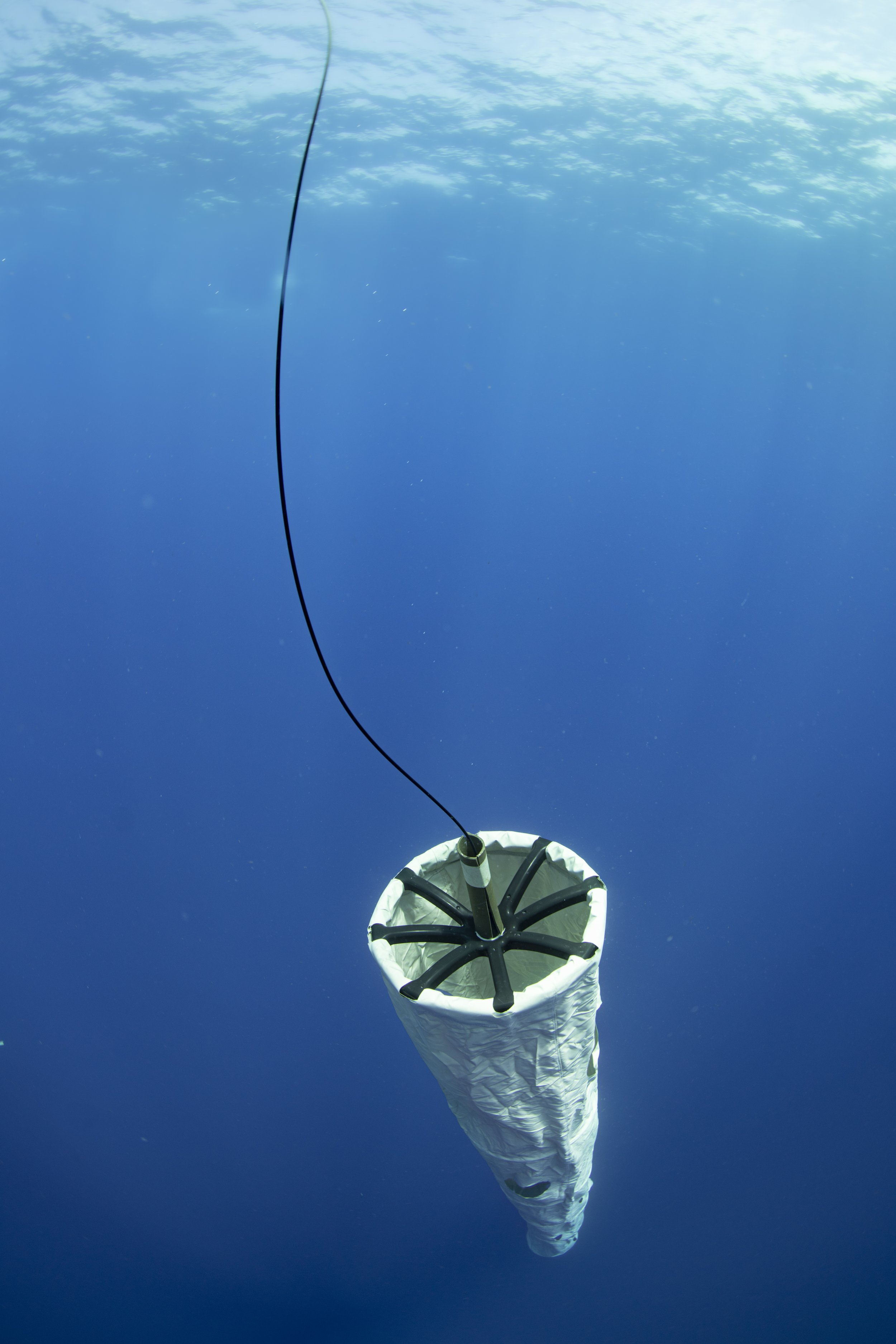The ocean is unequivocally the most expansive natural feature on Earth, enveloping a staggering 71% of our planet's surface. As such, it's safe to say that we inhabit a water planet. For centuries, the ocean has been pivotal to human civilization, serving as a foundation for the survival of many societies. Whether it's the exploration of new lands by sea, the devastating impact of hurricanes, or the role of marine resources in feeding populations, virtually every group of people has been impacted by the ocean. Understanding something so immense can make us feel small, much like stargazing. Let's embark on a journey to over 3,000 feet below the surface, to witness how oceanographic technology is revolutionizing our understanding of the ocean.
the surface
Where the air meets the sea might seem like a boring place, but it’s anything but such. Winds and swells mix together to create waves. While we might think of underwater creatures being immune to the waves on the surface, scientists are learning that turbulent waters can have an impact on many organisms. These small wave buoys are being used to compare wave height data to sea turtle foraging habits. By comparing the location of sea turtles they tagged to that gathered by the wave buoy’s, the researchers can see exactly where the turtles were located during high or low wave energy periods.
subsurface
Mesophotic
The mesophotic zone starts at 90 feet of depth and ends at approximately 500 feet. Light is dim and accessing these depths for an extending period of time requires technical dive training. One common instrument used down here is a Acoustic Doppler Current Profiler (ADCP). ADCPs use sound waves to measure tiny particles in the water. Similar to sonar, as the sound waves bounce of particles in the water, that information is sent back to the instrument which tells us





























